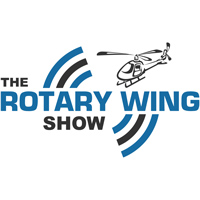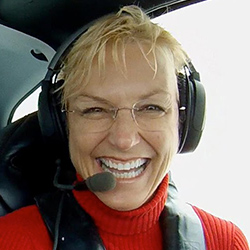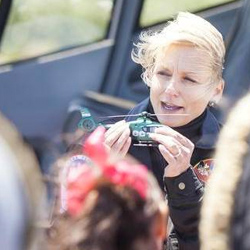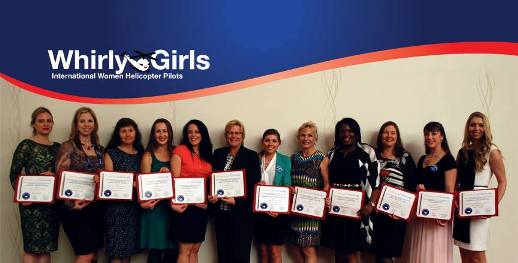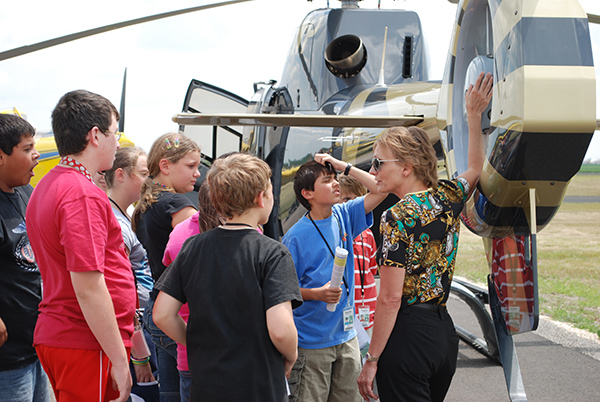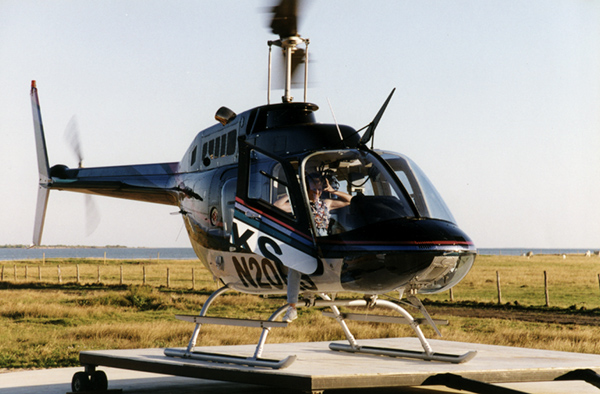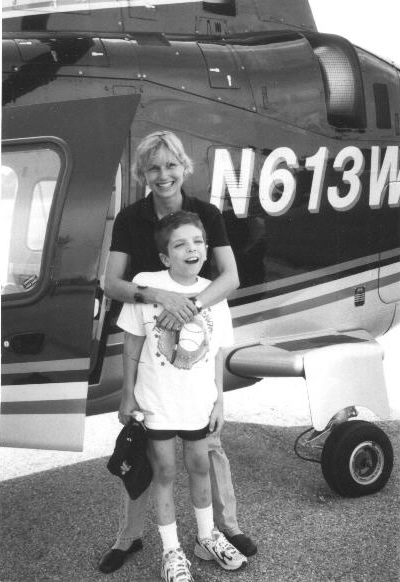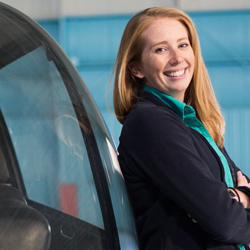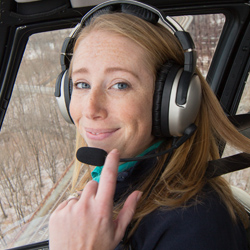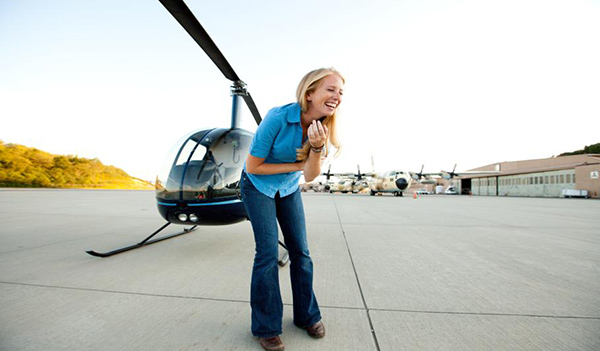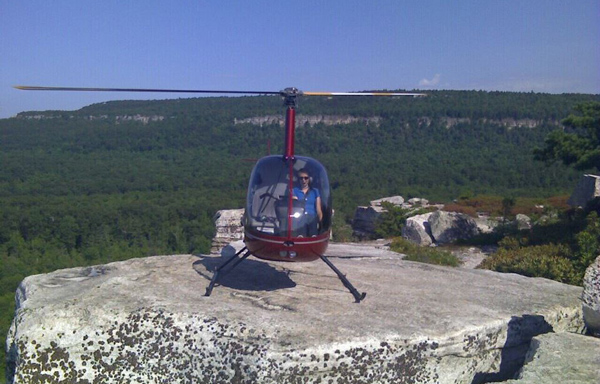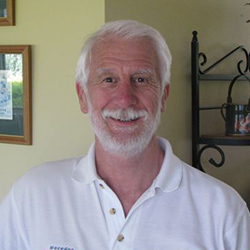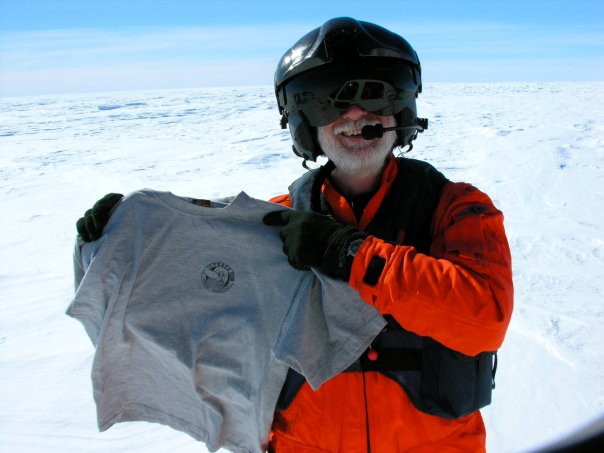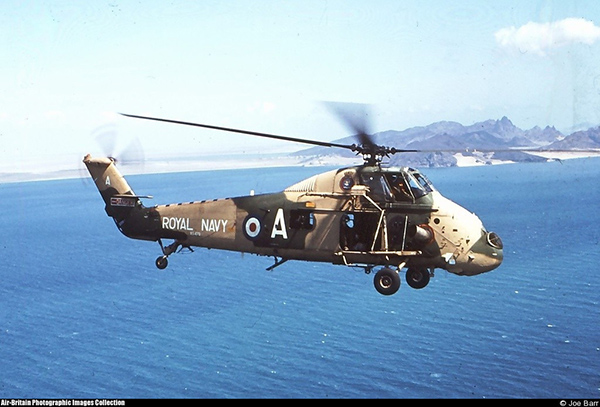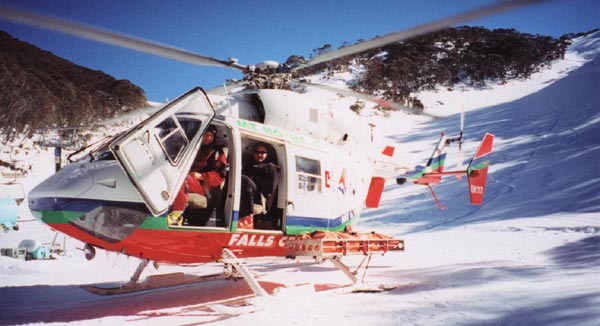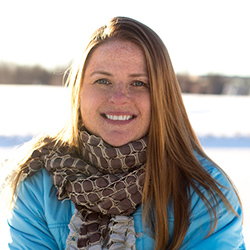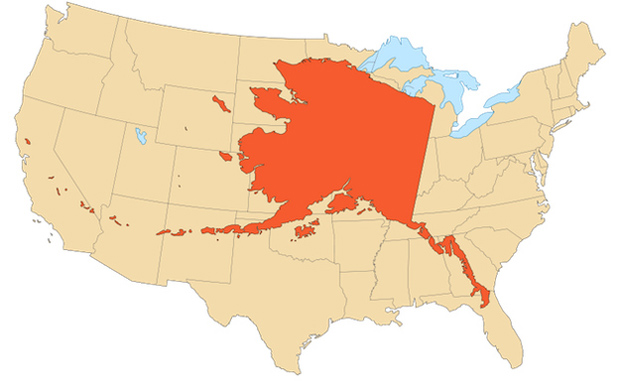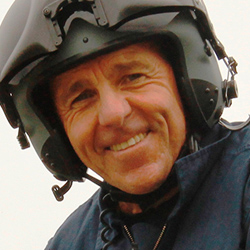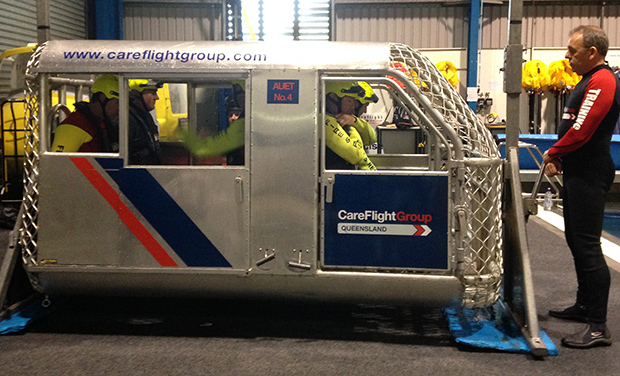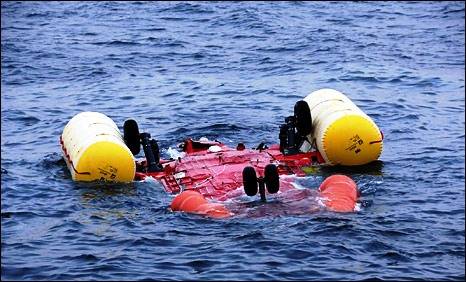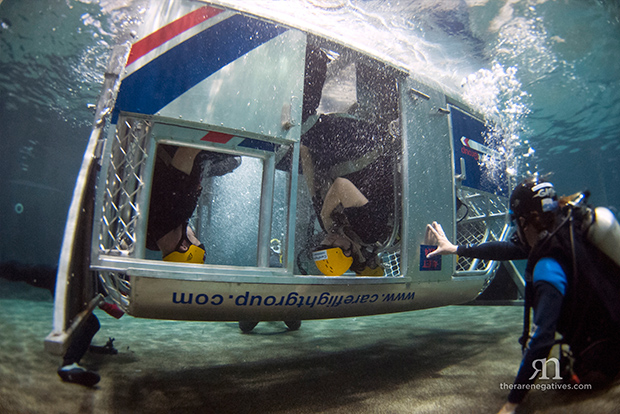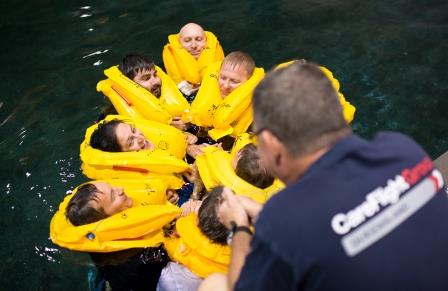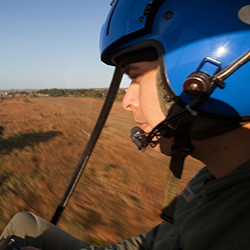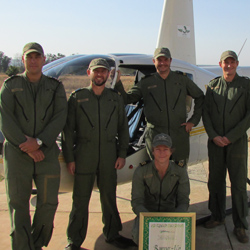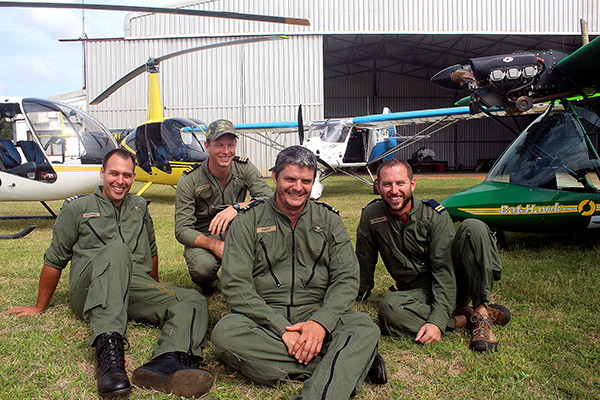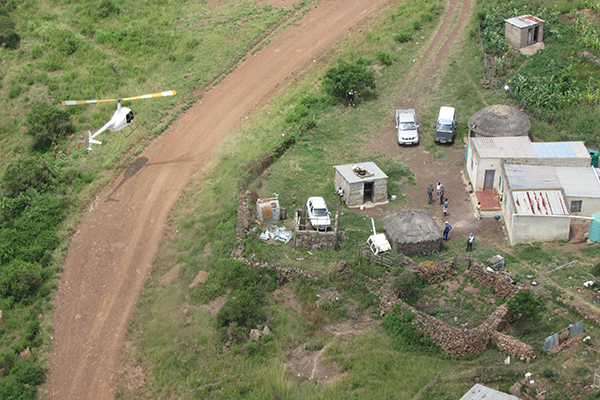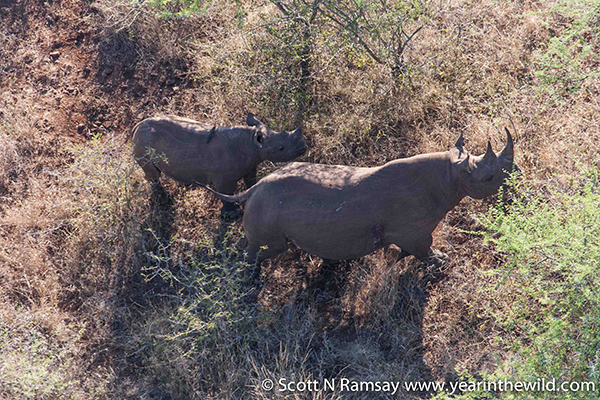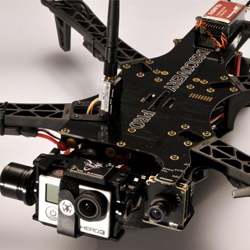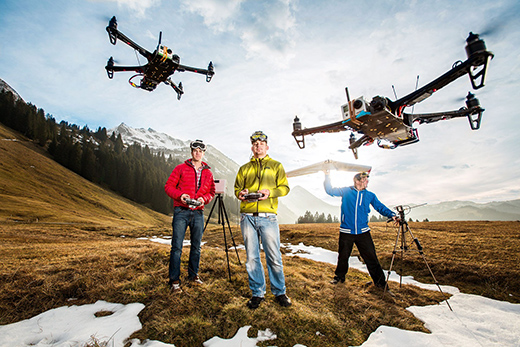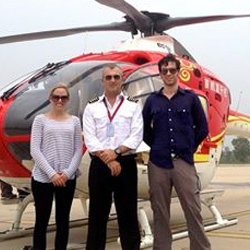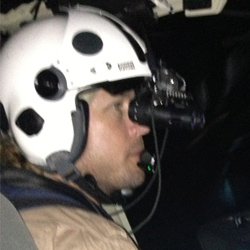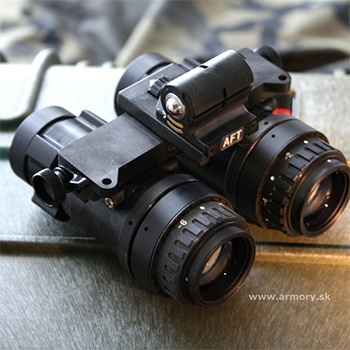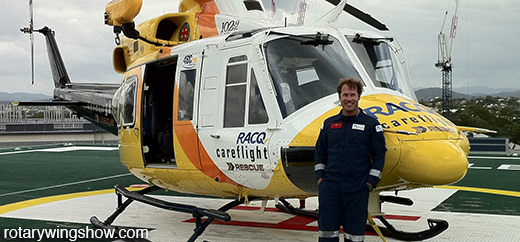Podcast: Play in new window | Download
Subscribe: Apple Podcasts | RSS
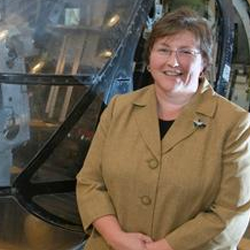
NASA is not just space shuttles, Mars robots and moon landings! Susan Gorton has been leading the NASA Rotary Wing Project for the last 8 years helping to pave the way for faster, quieter, safer and more economical helicopter designs and operations.
You are in for a treat today as you get to hear about the latest work in helicopter research and learn a bit more about what goes into the design and engineering process along the way.
Before her 15 years at NASA, Susan spent another 15 years as a researcher at the US Army’s Aeroflightdynamics Directorate.
[Tweet “‘Man! I can’t believe they pay me to do this’ #helicopter research @NASAAmes”]
Armed with a Bachelor of Science in Aeronautical and Astronautical Engineering from the University of Illinois and a Master of Science in Aeronautics from the George Washington University, Susan Gorton has authored or co-authored over 70 publications!
She is the recipient of numerous awards, including:
- AHS International AgustaWestland International Fellowship Award
- 2 x NASA Outstanding Leadership Medals
- NASA Exceptional Achievement Medal
- Army Civilian Service Medal, and
- the Army Research and Development Award.
Ms. Gorton is an Associate Fellow of the AIAA, a member of the American Helicopter Society International Technical Council and former Technical Director of the AHS. She also holds a helicopter private pilot’s license.
You’ll find links to resources and sites mentioned in the show further down the page.
Podcast: Subscribe in iTunes | Play in new window | Download
01:10 Today’s quote
01:30 Brought to you by trainmorepilots.com
01:45 Instructor rating renewal and Australian Part 61 legislation
02:30 Susan Gorton – NASA Rotary Wing Project Lead
04:30 Early career and research – University and Army research
06:05 Love of helicopters – in your blood
06:58 Getting own helicopter licence
09:10 Working at NASA – Aeronautics and not just space
09:50 Pushing forward helicopters
10:40 Coming up with projects and budget
12:20 Rotary Wing Project research history
14:27 How do you get a job at NASA?
17:01 Lots of smart people in the same room
17:38 Equipment and facilities that are used in research (wind tunnels)
20:50 Flight ops vs ground based testing and partnerships
22:10 Ownership of test data and partnership agreements
24:02 Noise characteristics, impulse noise, supersonic flow and bladeslap
25:50 More blades, slower RPM, new blade shapes, operationally suitable
28:02 Tracing NASA research into operational designs
29:10 Apache Block 3 phase gearbox
31:30 5 Areas of research focus for Rotary Wing Project
32:58 Variable speed power turbines
35:10 Reynolds number
35:57 Variable speed gearboxes – 2 speed drive system
37:10 Active rotor concept – how to make a design do more than one thing
39:26 Fluid dynamics and computer modelling, 11th largest supercomputer
42:35 Rotorcraft integration into NextGen (FAA next airspace system)
45:51 Crash test – CH-46 Sea Knight structural drop testing using moon landing trainer
51:48 8000 1-inch dots randomly placed by hand on airframe
53:07 Current best description of how Lift is generated
55:28 Breakthroughs in top end speed and how fast will we get?
58:50 How can line pilots take this information to improve their skills/operations
59:40 Maximum noise situations and how to minimise noise impact
1:05:05 Top 10 helicopter books for helicopter aircrew
1:05:35 Quote reference – Sailor Davis
[Tweet “‘Helicopters have everything for aerodynamicists – don’t go supersonic but the blade tips do'”]
[Tweet “How to make helicopters quieter, faster, more economical, cost effective and still get performance”]
Links from this week’s episode:
NASA Rotary Wing Project
CH46 Drop Test
HAI Fly Neighborly Guide
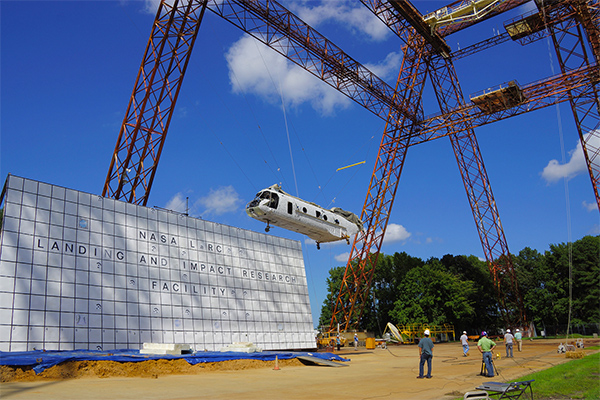
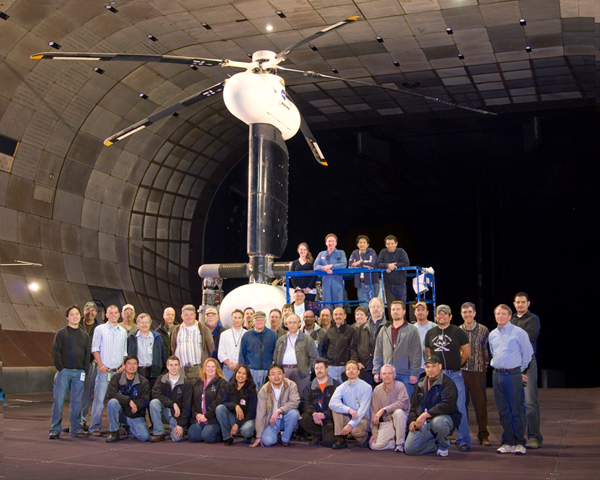
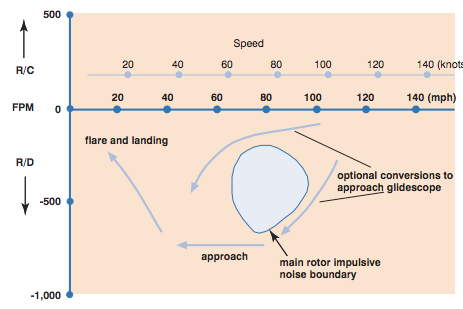
Be part of the conversation around this episode by leaving a comment below.
